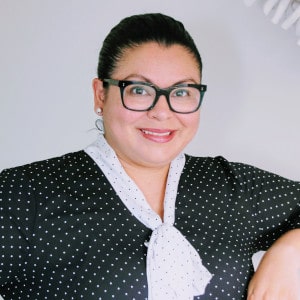Above - Figure 1. Ms Emilia Bran Hernandez (centre) assists podiatric surgeon and fellow of the ACPS, Dr Leah Cook (left)
Throughout history, women have been engaged in surgical practice. The earliest record of a woman involved in surgery dates back 5000 years, where Queen Shubad of Ur was buried with her surgical instruments so that she would go on and continue surgical practice in the afterlife. However, through the middle ages and the Victorian era, women were banned from the study of medicine and surgery.
Women banned from surgery
Social attitudes towards women as the inferior gender and unable to perform surgery persisted until the early twentieth century. In fact, during this time women were known to dress up as men in order to practice surgery. A notable case of this was Dr James Barry, a distinguished military surgeon, who performed one of the first successful caesarean sections. Dr Barry was found to be a woman only after her death in 1865.
Misconceptions that continue until challenged
Only forty years ago, a perception still persisted amongst some patients that women were unable to perform surgery. For example, early in the career of podiatric surgeon Dr Lee Gray, she recalls an elderly female patient challenging her abilities.
When discussing the details of the planned surgical correction, which involved the insertion of a screw into the first metatarsal, Dr Gray recalls the patient exclaimed, “My dear! But you are only a female, surely that is a man’s job to be dealing with screws…”
That comment was quite impactful on Dr Gray, and while she felt that being a young female surgeon in the 1980s was “awkward and scary at times”, these experiences only made her more determined to be a leader in the profession – something which she has indeed gone on to become. Dr Gray holds positions on the Australasian College of Podiatric Surgeons (ACPS) Training and Selection committees and is a busy podiatric surgeon, a mentor, a teaching fellow, and a past college council member.
Where we are at today
Women now make up more than 50% of all medical residents. However, this increased proportion of women in medicine is not reflected in the proportion of women in surgery, where women make up less than one third of surgeons around the world.
A similar trend is also observed in the proportion of women in podiatric surgery in Australia. According to the most recent statistics reported by the Podiatry Board of Australia, women comprise 59.3% of all registered general podiatrists but represent only 25% of registered specialist podiatric surgeons.
Despite this, women have played an integral, even foundational, role in podiatric surgery in Australia.
Doctors Valerie Dobie and Pauline Barry were part of the original trailblazing fellows of the Australian College of Surgical Podiatrists that formed in 1978 (and would go onto become the ACPS). Through the decades, women have continued to forge a career in podiatric surgery in Australia. Drs Lee Gray, Elizabeth Jordan and Jenny Bryant joined the college in the mid 1980s and Drs Julie Taranto and Leah Cook in the early 2000s. More recently, Dr Maree Marks, Mina Azarian and Hannah Chun have gone on to become registered podiatric surgeons in Australia.
Yet the question remains – why are women under-represented in podiatric surgical practice?




